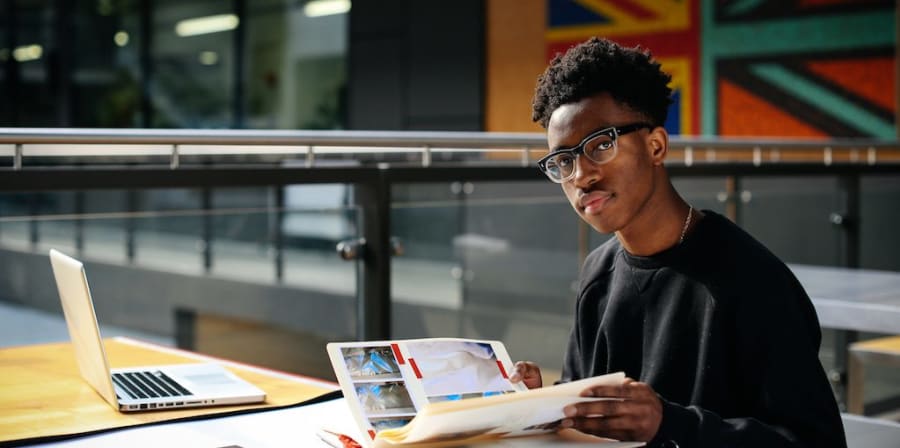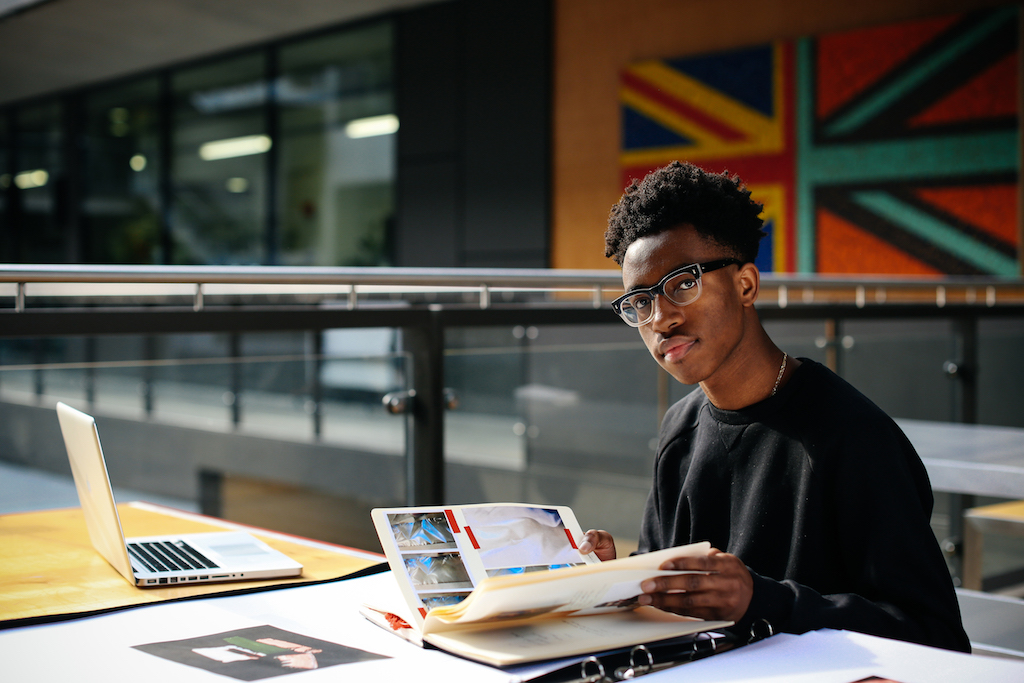
Laura McInerney is an Education Journalist and Co-Founder of Teacher Tapp. As a former teacher and editor of Schools Week, she has spent over 12 years on the frontline of education policy and interviewed over 60 top education names – from Dylan Wiliam to Carol Dweck to Amanda Spielman.
Last year Laura co-founded Teacher Tapp, the daily survey tool with over 5,000 users. Each day it reveals new insights into teachers’ lives and their needs, wants and desires. Below, Laura explains the reasons to be cheerful about arts education.
It is easy to believe that now is a bad time for creative arts education. School funding is squeezed, the government seem hell-bent on a ‘knowledge-based’ curriculum, a world full of robots seems ever closer (both literally and metaphorically).
But what if this idea is wrong? After all, creativity is needed most in the darkest corners of the world. There’s a reason why run-down areas are first inhabited by artists. It’s because they see possibility. They see beyond the bleakness and imagine what can be instead.
With that in mind let me give you three reasons to be cheerful about creative education. Not based on whim, but based on a data-project we first developed 18 months ago called ‘Teacher Tapp’, an app which allows us to see into the lives of 2,500 teachers every single day.
The concept is simple: every 24 hours, at 3.30pm, three questions are pinged to the panellists’ mobile phones asking about some aspect of their day. Where they ate their lunch, views on pay, or perhaps a question about curriculum. With over 1.5 million data points we are able to get under the skin of what teachers think and feel about issues.
So where are they on creativity? And why should you be cheerful?
First, not all teachers think similarly and many do not agree with the government’s focus on traditional subjects while sidelining those considered more ‘creative’. For example, when we asked if teachers felt reading ought to get more time in schools than creative arts – something we thought might be universally agreed upon – we were in for a surprise. Half of teachers felt the two subjects actually should get equal time in the classroom.
Secondly, some subject teachers are more natural allies of a creative teaching approach. It is dull to split the world into two camps – traditional, ‘knowledge-focused’ teachers and those of a more progressive, child-centred and ‘creative’ persuasion. But our analysis suggests teachers do tend to think of themselves as being one or the other, with science and primary teachers more on the progressive end and maths and modern languages teachers on the traditionalist end. Secondary teachers who do creative/arts subjects actually fall in between the two!
Hence, if you’re working with schools on cross-curricular projects it may be worth targeting those subjects more likely to empathise with a creative approach than trying to bang your head against a traditionalist maths brick wall. That said, we found there are teachers of all persuasions in all subjects. Teachers are very diverse on most opinion metrics. Don’t be disheartened if the first teacher you meet isn’t into a project; chances are, someone else will be.
Another open goal for arts education, in particular, is that it’s been poorly served by traditional resources. When we ask teachers about textbook use, arts teachers are the least likely to use or want them. However, this doesn’t mean teachers are happy wafting about in a world without teaching resources.
Imagine you are an arts teacher and your head offers you the cash to purchase one of the following: textbooks, worksheets, or an Artificial Intelligence chatbot. Which would you buy for your pupils? Arts teachers were the most likely of all secondary colleagues to select the chatbot! At first this seemed counter-intuitive. Surely robots can’t teach young people how to create? Then we figured that it might simply be a punt by arts teachers on something new. If textbooks and worksheets have failed in the past, better to try a new technology? But the more I’ve spoken to people in the sector the more I’ve come to the conclusion that the willingness of creative educators to try new things and to use methods they know their students will enjoy is what makes chatbots so persuasive for creative arts.
Sadly, I don’t know many companies who are using this knowledge. Tech groups are falling over themselves to teach children to read, or write, or do maths. A few organisations are trying to help children create through coding, or 3-D printing – and this is a step forward – but where are the companies creating products to help children write poetry or learn to dance? Those could be real game-changers for creative education, especially if children can cheaply access the products at home.
Finally, the budget situation in schools is bleak, and isn’t to be celebrated, but it does leave space for FE colleges and third sector providers to work collaboratively with schools. Ten years ago, when schools were awash with cash, there was a great deal of cross-sector working. As austerity took hold, and the government took vocational qualifications out of the league tables, many of these partnerships withered. Desperate times prompt radical thinking, however.
To control budgets some schools are cutting back the working week. A handful of primary schools have already dropped Friday afternoons, and several others are mooting having Fridays be delivered by external partners. When we asked primary teachers which one subject they would most like to hand off to a specialist we were convinced they would say maths, as we are commonly told this is what they struggle with most. Completely wrong! Only 8% of teachers said they would like to hand over their maths teacher to someone else. A whopping 64% picked PE and creative arts. The “fun stuff” that primary teachers are said to love is, in fact, not so fun for them.
Putting aside the fact this shows a dispiriting lack of confidence in practical subjects among primary teachers, it does highlight the possible space that arts groups can move into. Secondary schools are increasingly cutting back on music and dance teachers in order to save money on staffing. Could arts educators, from across the sector, step in and be the supplement? FE Colleges seem particularly well-placed to share their staff in ways that could be financially helpful for both parties.
In an ideal world, of course, this wouldn’t be needed. There would be enough cash for every child to access a wealth of arts within school and there would be lots of resources for every subject. But when the real world comes calling, the artists are the first to dig in. You can be the light in the dark corners. The possibilities are just waiting to be seen.

